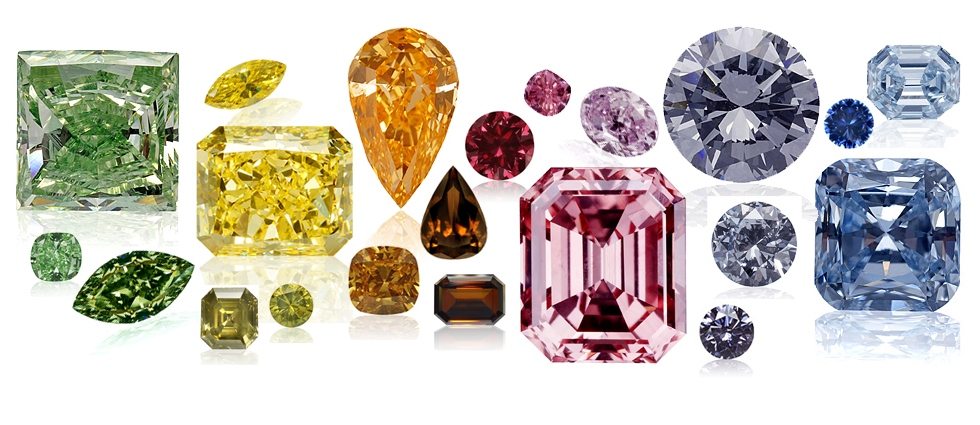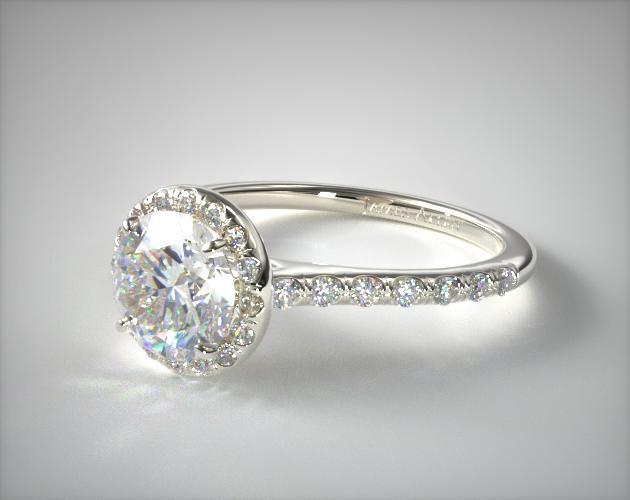For a lot of diamond engagement ring buyers, the most well-liked gemstone color is white-colored – indeed, the whiter, the greater (and also the pricier!). A pure white-colored gemstone, frequently referred to as blue-white-colored and graded color ‘D’ is extremely tricky to find which gemstones demand premium prices. While you move lower the gemstone color scale (and lower the alphabet perfectly into a grading of ‘Z’) the gemstone diminishes white-colored and tends towards pale yellow colors. These ‘tinted’ diamonds are regarded as of the inferior color and therefore fetch affordable prices.
In a stage however, the yellow color inside a gemstone is really vivid and thus intense it crosses from the traditional gemstone color chart and it is considered a ‘fancy’ colored gemstone. Fancy colored diamonds are extremely rare and extremely valuable, commanding prices of 10’s and 100’s of 1000s of dollars. What causes colored diamonds? How come some white-colored and a few not-so-white-colored and a few blue or pink or brown or red?
Basically, the colour in diamonds is because chemical impurities or deformation from the gemstone very structure. Ironic, considering that around the A-Z gemstone color scale, less pure means less value!
Let us begin with white-colored diamonds. Gemstone is comprised almost entirely from the element Carbon along with a pure blue-white-colored gemstone (graded color ‘D’) contains no chemical impurities – it’s a pure type of Carbon. However, the part of the earth where diamonds grow is basically a compound hot-pot, with lots of additional factors waiting to become clicked up by minerals because they grow. One of the most common elements is Nitrogen and, whenever a gemstone has a lot of Nitrogen in the structure, the gemstone assumes a yellow color. The greater nitrogen within the structure, the greater yellow the gemstone.
The existence of nitrogen may also impart an orange color, but orange diamonds are extremely rare. Purple colored diamonds will also be unusual and therefore are thought to be brought on by the existence of hydrogen within the gemstone structure.
Blue diamonds are among probably the most prized colors and therefore are present in merely a small group of areas worldwide. Blue diamonds are caused once the element Boron is incorporated throughout the development of a gemstone. Out of the box the situation with Nitrogen and yellow diamonds, the greater Boron there’s inside a gemstone, the more dark nowhere color is going to be.
Black diamonds are the effect of a massive quantity of imperfections and inclusions (frequently graphite inclusions) inside a gemstone. There are plenty of inclusions the gemstone is nearly opaque and enables very little light to feed, producing a black appearance. Black diamonds can almost be looked at as industrial diamonds and therefore are thus typically priced less than white-colored diamonds. The quality of imperfections makes black diamonds very difficult to cut and you’ll frequently only find black diamonds reduce round brilliant shapes.
Brown diamonds and pink diamonds can be caused by exactly the same process – very deformation. Diamonds, like other crystals, possess a regular arrangement of atoms and bonds, but pressurized, these atoms and bonds can shift from position and that is that shift that produces a color switch to either brown or pink, possibly with respect to the amount of shift. This method can also be thought to take into account red and crimson diamonds which are from time to time discovered.
Eco-friendly diamonds are extremely rare and therefore are the effect of a gemstone getting been exposed to radiation, normally deep inside the earth’s crust or mantle, countless years back. Don’t be concerned though, for those who have a eco-friendly gemstone, it isn’t radioactive!
An essential fact to keep in mind when purchasing coloured diamonds would be to ask the store or gemstone dealer if the gemstone colour is natural or enhanced. Many laboratory techniques may be used impart, improve or affect the natural hue of diamonds and the like information should be provided to the gemstone purchaser.




